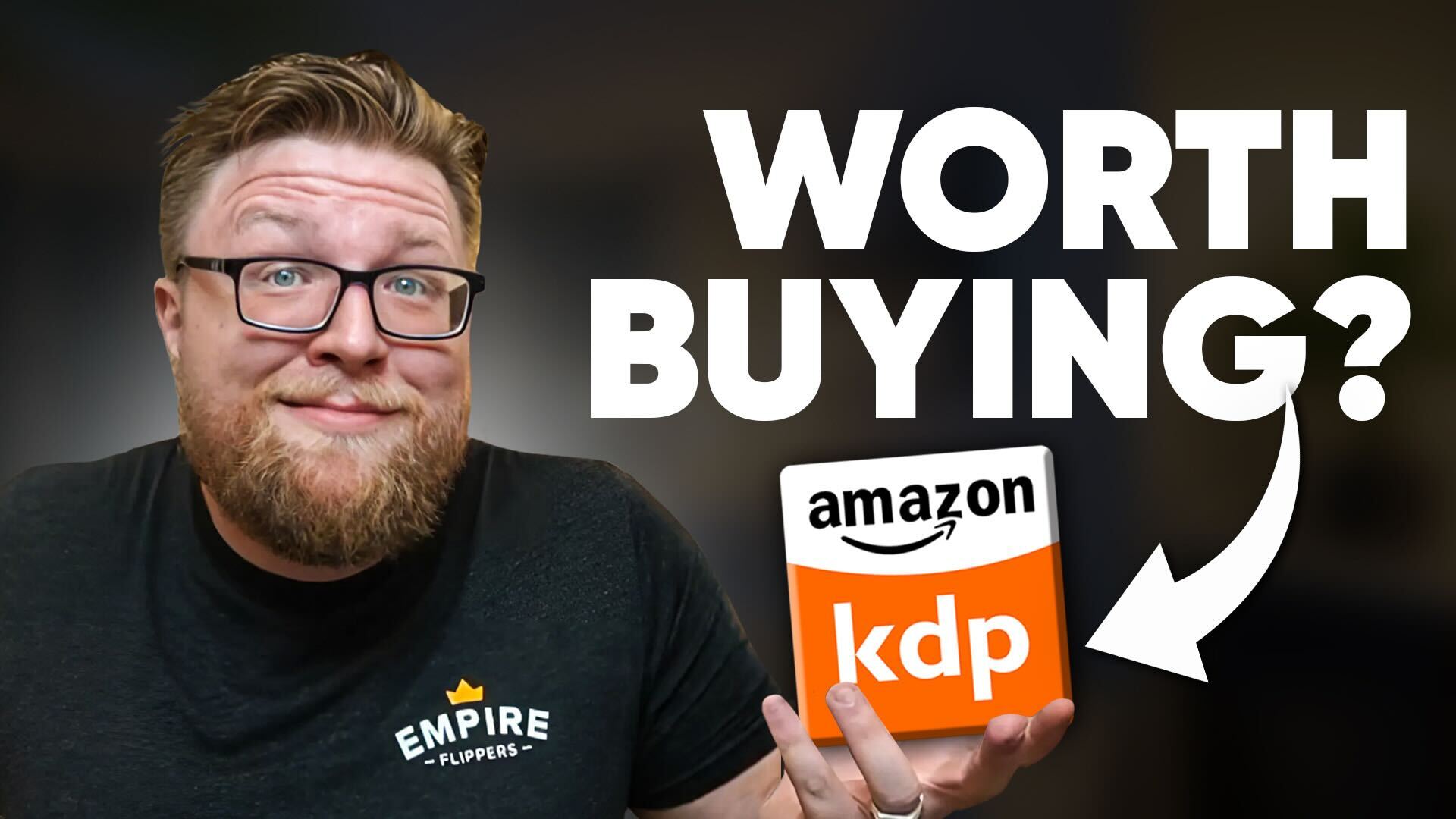This Week in M&A Issue #199
Hola! 👋
Today’s trend of the week is “road-approved golf carts”.
Golf carts are cruising beyond the greens and into America’s suburbs, as more communities make them street legal. Once seen as a niche convenience, they’ve become a cost-effective and practical alternative to cars, popular for short trips, errands, and neighborhood joyrides.
The trend has accelerated since the pandemic, with the road-approved golf cart market growing from around $1 billion pre-2020 to an estimated $5 billion today, per WSJ. These carts, equipped with essentials like seat belts, headlights, and turn signals, can range in price from just a few thousand dollars to over $25,000.
This trend opens a wide range of opportunities. You could launch your own line of golf carts, or appeal to the demand for unique cart upgrades and accessories. Think luxury seats, tech add-ons, themed wraps, spare parts & maintenance kits, or even a golf cart rental app.
As golf carts take over the sidewalks, driveways, and hearts of suburbanites everywhere, there’s plenty of room for clever online entrepreneurs to ride this trend all the way to the bank.
Today we have for you:
- Best Buy launches third-party seller marketplace
- Ahrefs launches tool to monitor AI and Google traffic
And:
- How to spot red flags in Amazon KDP businesses
- The hidden costs of Amazon’s sudden Google Shopping exit
- Amazon shares key holiday deadlines for sellers
Alright, let’s dive in.
ecommerce
Best Buy Takes on Walmart With Marketplace Launch
Best Buy has officially joined the third-party marketplace game, launching its own platform on August 19, 2025.
Built on Mirakl’s software, the marketplace opens the door to entirely new categories, from cookware, furniture, and seasonal décor to toys, collectibles, and even musical instruments, well beyond Best Buy’s traditional electronics focus.
For ecommerce sellers, this presents a new opportunity to tap into Best Buy’s massive customer base without the burden of negotiating store placement. Approved vendors can set up digital storefronts, participate in product drops, and gain exposure through Best Buy Ads, the company’s in-house media arm that delivers targeted promotions based on shopper data. The model gives sellers the ability to reach buyers where they’re already shopping for tech, while also benefitting from Best Buy’s trusted brand.
Unlike Amazon’s open marketplace, Best Buy is being selective, vetting around 500 sellers at launch to maintain customer experience and protect its reputation. Returns can be handled both online and in-store, giving third-party sellers the advantage of Best Buy’s omnichannel reach.
For ecommerce sellers, this is another fast-growing channel worth watching, especially as Best Buy looks to compete head-to-head with Amazon, Walmart, and Target in the marketplace arena.
You can apply to join the marketplace as a seller here.
Search traffic
New Tool Highlights the Gap Between ChatGPT & Google Referral Traffic
Ahrefs has launched a new public dashboard that lets website owners track referral traffic from Google Search compared to ChatGPT, offering one of the first clear looks at how AI-driven search stacks up against traditional search engines.
The tracker, updated monthly, analyzes data from 44,421 websites using Ahrefs’ free Web Analytics tool, giving marketers a reliable way to measure trends over time.
So far, the numbers show Google’s dominance remains overwhelming. In July 2025, Google accounted for the vast majority of visits, while ChatGPT referrals made up only 0.2% of traffic. According to Ahrefs’ Tim Soulo, ChatGPT-driven traffic has been growing at roughly 1.5% per month, but this modest pace isn’t nearly enough to close the enormous gap. Other studies echo this, with research from Glenn Gabe finding AI referrals typically contribute only about 1% of a site’s total traffic.
Will AI ever catch up? SEO Roundtable highlighted research from the Nielsen Norman Group suggesting it’s unlikely in the near future. Users’ search habits are deeply ingrained; most turn to Google instinctively, while AI tools like ChatGPT or Google’s AI Overviews serve as secondary aids. In practice, people often use both, sometimes to explore a topic from different angles, sometimes to fact-check results. This means AI is acting as a complement to search, not a replacement.
The dashboard does come with caveats. It only counts visits with visible referrers, but many AI tools and in-app browsers strip that data, meaning real AI-driven traffic could be slightly higher than reported.
Still, the tracker offers businesses valuable insight into how AI search is evolving. While Google should remain the top priority, ChatGPT’s steady growth suggests it’s worth experimenting with strategies to capture emerging AI-driven traffic.
Podcast
How to Lead with Adaptability in a Changing Industry
Our CEO, Andy Allaway, recently joined Karan Ferrell-Rhodes on the Lead at the Top of Your Game podcast to share his journey and leadership lessons.
In the episode, Andy talks about how he went from working in IT sales to running Empire Flippers. He opens up about the challenges he’s faced, what it takes to lead a team through change, and why adaptability and strong culture matter so much.
You’ll also hear Andy’s thoughts on mentoring the next generation of leaders and where he sees the online business world heading.
It’s a conversation full of practical takeaways and inspiring stories that any entrepreneur or leader will enjoy!
Listen here to catch Andy’s story and insights.
PPC
Lessons for Advertisers After Amazon Exits Google Ads
On July 23, 2025, Amazon abruptly pulled its ads from Google Shopping, leaving retailers with a sudden gap in auctions. At first glance, this seemed like a golden opportunity: less competition, lower costs, and higher traffic. But a new study from Optmyzr, which analyzed thousands of advertiser accounts, shows the reality was more complicated.
In the weeks after Amazon’s exit, clicks rose 7.8%, impressions grew 5%, and average cost per click fell 8.3%. Yet conversion value dropped 5.5%, conversion rates fell 7.2%, and overall return on ad spend (ROAS) declined 4.4%. In other words, traffic increased, but profitability didn’t. Experts call this the “volume trap”: more clicks look promising on paper, but if those visitors don’t convert into high-value customers, the net effect can be negative.
The study found that shopper expectations played a major role. Amazon-trained customers still expected rock-bottom prices, fast shipping, and seamless checkout experiences. When competitors couldn’t match these standards, conversions suffered.
Electronics was the standout success, with retailers like Best Buy and Apple seeing an 81% jump in conversions and a 7% rise in ROAS. Other categories, including Home & Garden, Sporting Goods, Tools, and Apparel, saw increased traffic but lower sales value. Health & Beauty maintained conversions, but at reduced revenue per sale, while Apparel & Accessories saw a 9.5% drop in conversion value.
The findings suggest that Amazon was more than just another advertiser; it shaped customer expectations across categories. Its departure didn’t reset those expectations, leaving competitors struggling to deliver the same level of value.
For advertisers, the takeaway is clear: cheaper clicks alone don’t drive profit. Success requires delivering value beyond price, whether through unique products, superior service, or specialized expertise. Focusing on meaningful metrics like conversion value and ROAS, not just traffic, will determine long-term results.
Read All About It!
💥 The implosion of the blogging business model: ad-first publishing is collapsing
💰 5 easy ways to make your first $1000 online: without a product or service
📚 Best new books for entrepreneurs: gear up for peak season selling
🧲 10 lead magnet vibe code prompts: create working web apps in hours
YouTube
What to Check Before Buying an Amazon KDP Business
Kindle publishing businesses are one of the most overlooked opportunities on our marketplace.
These Amazon KDP businesses operate like mini publishing houses, complete with content production systems, marketing funnels, and even author personas, often generating 6 or 7 figures every year.
If you like the sound of these businesses but don’t know how to approach analyzing them, you’re in luck.
In this video, Greg walks you through exactly how to do due diligence on Amazon KDP businesses, so you know what to look for and how to spot a real winner.
Amazon
Key Dates and Tips for Amazon Holiday Promotions
Amazon has released its key holiday shopping schedule to help sellers prepare for the busiest time of the year. The announcement includes important deadlines for deals, promotions, inventory shipments, and peak-season fees, giving sellers the roadmap they need to maximize visibility and sales.
For Prime Big Deal Days, sellers can now submit “Best Deals” and “Lightning Deals” until September 12. To qualify for the Prime badge, inventory should arrive at Amazon Warehousing and Distribution (AWD) by August 29, or at Fulfillment by Amazon (FBA) with minimal shipment splits by September 10, or FBA Amazon-optimized shipment splits by September 19.
Black Friday and Cyber Monday Week submissions for “Best Deals” and “Lightning Deals” will remain open until October 28. Inventory deadlines for Prime-badge eligibility are October 9 for AWD, October 20 for FBA minimal shipment splits, and October 30 for FBA Amazon-optimized shipment splits.
Prime Exclusive Price Discounts submissions will open on September 10, while coupon submissions will begin once event dates are publicly announced.
Amazon also outlined holiday peak fulfillment fees, which will apply from October 15, 2025, through January 14, 2026. These fees cover FBA, Remote Fulfillment with FBA, Multi-Channel Fulfillment (MCF), and Buy with Prime.
To help sellers navigate the holiday rush, Amazon provides the FBA Peak Readiness Playbook on Seller Central, which offers guidance on inventory planning, shipping strategies, and promotion preparation.
With the holiday season approaching, early planning and meeting these key dates can help sellers ensure their products are visible, stocked, and ready to capitalize on peak shopping traffic.
Money Nomad
Looking for a side hustle?
Try Money Nomad, our sister marketplace built specifically for profitable side hustles and micro-businesses that are too small for Empire Flippers.
Check out this recent listing available on the Money Nomad Marketplace:
Listing M20115 – $28,000.00
digital product | pet care
This online membership business provides structured video-based training designed to help customers improve the well-being and behavior of their exotic pets through guided, expert-led education. The platform currently generates roughly $1,000/month in revenue, primarily through recurring subscriptions. It’s fully hosted on an all-in-one learning platform and requires minimal technical maintenance. With a proven sales funnel, 20+ in-depth courses, and nearly 10,000 email contacts, the groundwork is already in place for a motivated buyer to scale the business through consistent marketing and community engagement. Learn More
Subscribe to the This Week in M&A Newsletter
to Get Content like This in Your Inbox Every Friday






